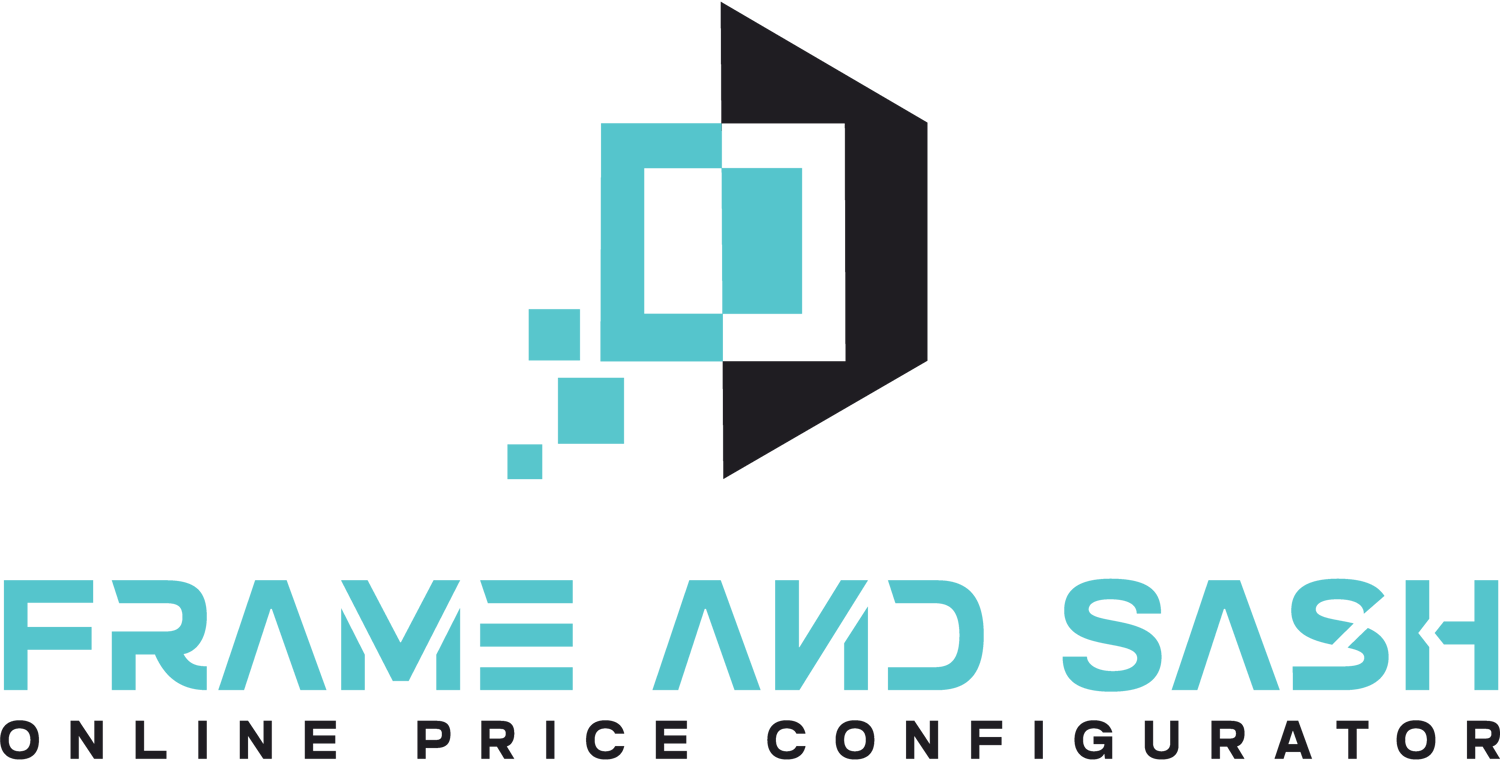The window and door hardware market is undergoing a dynamic shift, influenced by evolving consumer preferences, technological advancements, and economic pressures. Today’s hardware designs are not just about functionality but also about aesthetic appeal, energy efficiency, and smart technology integration. Manufacturers are constantly innovating to meet these growing demands while balancing affordability, safety, and sustainability.
Design Trends: Sleek, Modern, and Minimalist
Consumers today are looking for hardware that not only functions well but also blends seamlessly with their home interiors. The demand for sleek, minimalist designs continues to rise. While satin brass and brushed nickel are still popular, the trend is shifting towards matte black finishes, which are quickly becoming a staple in both residential and commercial markets.
According to Michelle Nissen, Vice President of Product Management at Quanex (AmesburyTruth), “The push for innovation in window and door hardware is being driven by the need for products that enhance convenience, safety, and affordability.” This trend aligns with the growing interest in hardware that integrates well with the overall design of a home, creating a cohesive and modern look.
Performance: Balancing Aesthetics with Functionality
While design is a significant factor, performance is equally critical. Homeowners and businesses alike are increasingly concerned with energy efficiency and safety when selecting hardware. As Dan Gray, Director of Sales at Roto Frank of America, points out, customers are trying to keep pace with Energy Star requirements while ensuring the hardware operates smoothly with minimal force.
Additionally, window opening control devices (WOCDs) have become essential for safety, especially in regions like British Columbia, where new codes require them for certain types of buildings. This represents a business opportunity for hardware suppliers, especially those focusing on safety and compliance in their designs.
Smart Technology: The Next Frontier in Window and Door Hardware
One of the most exciting trends in the hardware industry is the integration of smart technology. Quanex has introduced a breakthrough solution that connects electricity to glass, enabling innovations such as switchable privacy glass, electrochromic tinting, and motorized blinds between glass. These smart glass technologies are expanding the capabilities of traditional window and door systems, opening new possibilities for home automation.
In addition, Roto Frank has partnered with AutoSlide, which offers electronic devices to automate the opening and closing of sliding patio doors. This is just one example of how automation is becoming an essential feature in modern homes, making it easier for homeowners to control their living spaces through smart devices.
The integration of smart home systems with window and door hardware is paving the way for future developments. Whitt, Business Development Manager at Jeske Hardware, explains, “We’re starting to see everything shift toward working through the Matter protocol so that you can choose your hardware, and it connects seamlessly with other devices.”
Market Demands: Affordable Solutions and Smart Innovation
The housing affordability crisis continues to influence the market, driving demand for cost-effective solutions. According to Nissen, “The window and door hardware market is entering an exciting phase of growth and innovation, driven by strong customer partnerships and evolving industry needs. Smart technology is gaining momentum, but the real challenge lies in developing affordable solutions that are accessible to a broader market, not just high-end buyers.”
Manufacturers are increasingly focused on providing sustainable, high-performance solutions that meet the needs of both luxury markets and affordable housing projects. As the demand for energy-efficient products continues to rise, companies are looking for ways to innovate without compromising on affordability.
Challenges: Labor Shortages and Succession Planning
Despite the growing demand for innovative hardware solutions, the industry faces several challenges, most notably labor shortages. The skills gap in the workforce remains a significant concern, with many companies finding it difficult to hire and retain qualified personnel. Companies like Jeske Hardware are addressing this issue by investing in training and automation, allowing fewer staff members to handle more tasks.
Gray also points out that succession planning is a critical challenge, especially as many experienced workers in the hardware industry are nearing retirement. As a result, companies must not only invest in recruitment and retention but also in training programs that ensure the next generation of workers is equipped with the skills needed to maintain and grow the industry.
The Road Ahead: Innovations in Hardware and Technology
Looking toward the future, it’s clear that innovation will continue to drive the window and door hardware market. From smart glass and automated systems to minimalist designs and energy-efficient solutions, the market is evolving to meet the growing demands of consumers.
Manufacturers are investing heavily in new materials, advanced manufacturing technologies, and software integration to stay ahead of the competition. In particular, automation and AI are expected to play a larger role in the production and management of window and door systems, improving efficiency and reducing reliance on labor.
Conclusion: Navigating the Future of Hardware Design
The hardware industry is at a crossroads, with design and performance driving much of the innovation. As consumers demand smarter, more energy-efficient, and aesthetically pleasing solutions, manufacturers must focus on delivering products that meet these needs while also navigating challenges like labor shortages and affordability pressures. The future of the window and door hardware market will depend on the ability to integrate smart technologies, optimize production, and provide cost-effective solutions for all segments of the market.
As Michelle Nissen summarizes, the hardware market is entering an exciting phase of growth and opportunity, with innovation at its core. For those looking to succeed in this evolving market, adaptation and customer-driven solutions will be key.
Source: Laurie Cowin, Window and Door


